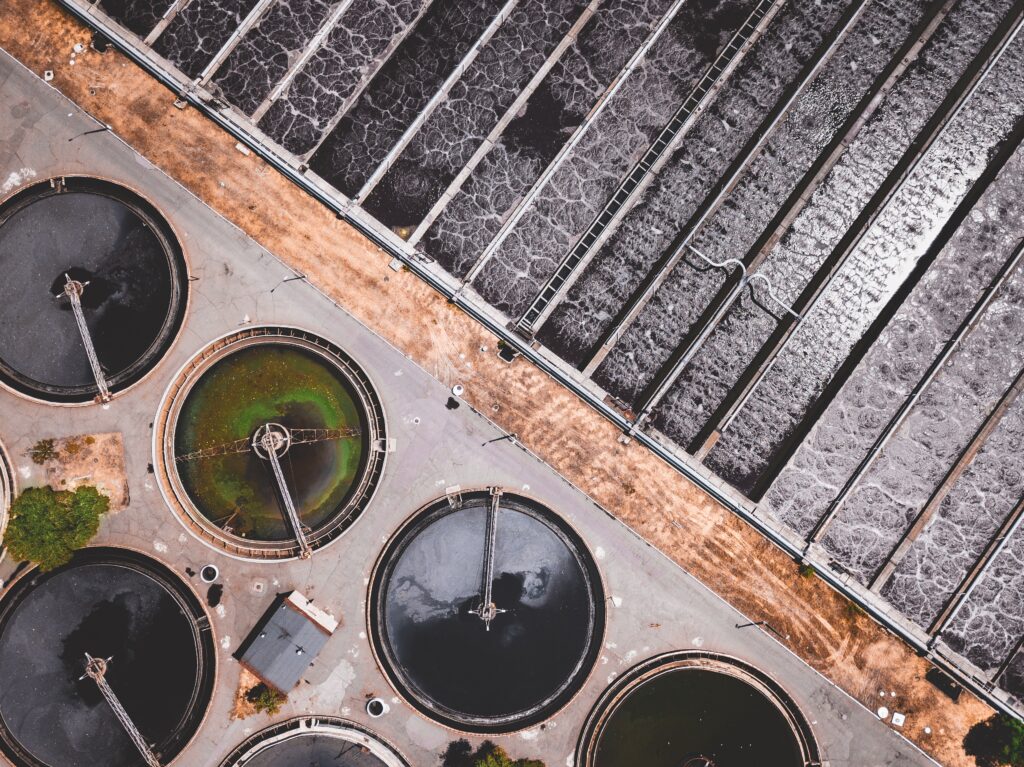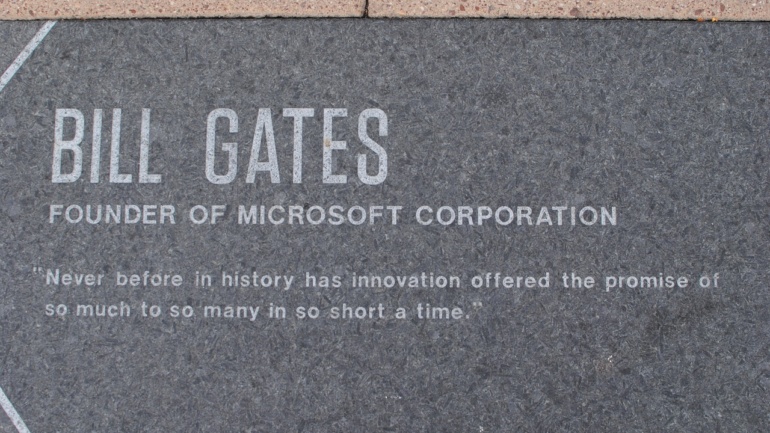Source (no endorsement)
By Matthew Taylor, Associate Researcher & Writer for Save The Water™ | September 27, 2021
When you think of water treatment, you probably think of water treatment plants in your area or filtration systems for drinking water. But did you know that wetlands can also treat water? In fact, artificial wetlands, known as constructed wetlands, are built to replicate the water treatment abilities of natural wetlands.
What is a constructed wetland?
As the name implies, a constructed wetland is artificial—that is, a wetland that is not natural but which human hands have built.
There are two kinds of constructed wetlands—surface flow wetlands and subsurface flow wetlands. In surface flow wetlands, water flows over the soil and sediment at the bottom of the wetland. In subsurface flow wetlands, water flows through a porous substrate such as gravel or sand above the soil and sediment at the bottom of a wetland. Water in a surface flow wetland is exposed to the atmosphere, while water in a subsurface flow wetland is not.
Surface flow wetland (no endorsement)
Subsurface flow wetland (no endorsement)
How do constructed wetlands treat water?
Constructed wetlands have three features that remove contaminants from water: vegetation, soil, and microbes. These features work together to significantly reduce the concentrations of contaminants in the water, including arsenic, lead, and zinc.
Plants in a constructed wetland absorb some nutrients such as phosphorus and nitrogen through their roots, although that is not their most important role in the process. Their roots provide surfaces for bacteria to grow on, which help to remove contaminants from the water. The plants also produce oxygen which, once dissolved in the water, bacteria use to remove some of the contaminants from the water.
Soil acts as a natural filter. When water passes over and through it, soil captures some of the water’s contaminants. Soil also contains bacteria and other microbes which help to break down contaminants, thus cleaning the water.
Microbes can help remove contaminants from water as well. For example, during the process of nitrification, microbes oxidize ammonia to nitrite, then nitrate. Because of the many kinds of microbes and microbial processes, microbes can play a large part in removing different kinds of contaminants from water.
Why would you use a constructed wetland to treat water?
One of the biggest advantages of constructed wetlands over other water treatment methods is how little maintenance they require. Unlike more active water treatment methods (like water treatment plants), constructed wetlands do not need to be constantly maintained. Once their plants have matured, these ecosystems are pretty low-maintenance, although there is still some maintenance work to do. Inflows to and outflows from the wetlands must remain clear to allow water to flow through the wetlands. Certain animals and plants can limit the treatment efficiency of the wetlands, so they must go.
Constructed wetlands are also an aesthetically pleasing, cost-effective alternative to other water treatment solutions. Rather than having to build an eyesore, a constructed wetland can tie into a natural environment with little difficulty. The major materials needed to build a constructed wetland are water, plants, and soil—all of which are renewable resources. Wildlife might even come to the wetlands, making them even more pleasing.
A traditional water treatment plant is much less pleasing to the eye than a constructed wetland (no endorsement)
Constructed wetlands do have their limitations. Plants die in the winter, and water freezes over. That means that in colder areas, constructed wetlands work best for seasonal water treatment needs. Constructed wetlands also have a large footprint due to their size, meaning that a constructed wetland is not the most effective water treatment option in areas where there is minimal space.
Where are constructed wetlands used to treat water?
Constructed wetlands can be used to treat many kinds of water, including agricultural wastewater, industrial water from industries (like the petroleum and pulp and paper industries), municipal wastewater, stormwater runoff, landfill leachate, and mining water.
Constructed wetlands are especially useful for treating mining water because of the different kinds of contaminants that mining processes produce. Different mines produce different contaminants. For example, a gold mine might produce different contaminants than a copper mine. Constructed wetlands can take care of many of these contaminants at once.
At the Minto Mine, a copper mine in Yukon Territory, Canada, a constructed wetland significantly reduced contaminant concentrations in the water, including copper, by nearly 100%.
Another successful example is the wetland used to treat municipal wastewater in Emmitsburg, Maryland. Over two years, the cattails in the wetland removed 84% of suspended solids in the water. It cost around $89,000 to design and install this wetland. A conventional wastewater treatment system, meanwhile, might cost anywhere from $200,000 to upwards of $1 million.
Projects like those mentioned above are clearly viable and affordable. They are not just a pipe dream. You could lobby your local government officials to consider a constructed wetland as their next water treatment project rather than installing a more active system like a water treatment plant.
Bottom line
Constructed wetlands are a low-cost, low-maintenance alternative to other kinds of water treatment. Vegetation, soil, and microbes all work together to treat contaminants in a wetland. They can treat a number of contaminants and different kinds of water, making them a versatile, viable option for many water treatment needs.
If you want to learn more about wetlands and other water treatment methods, be sure to check out this article and others like it on the Save the WaterTM website!






